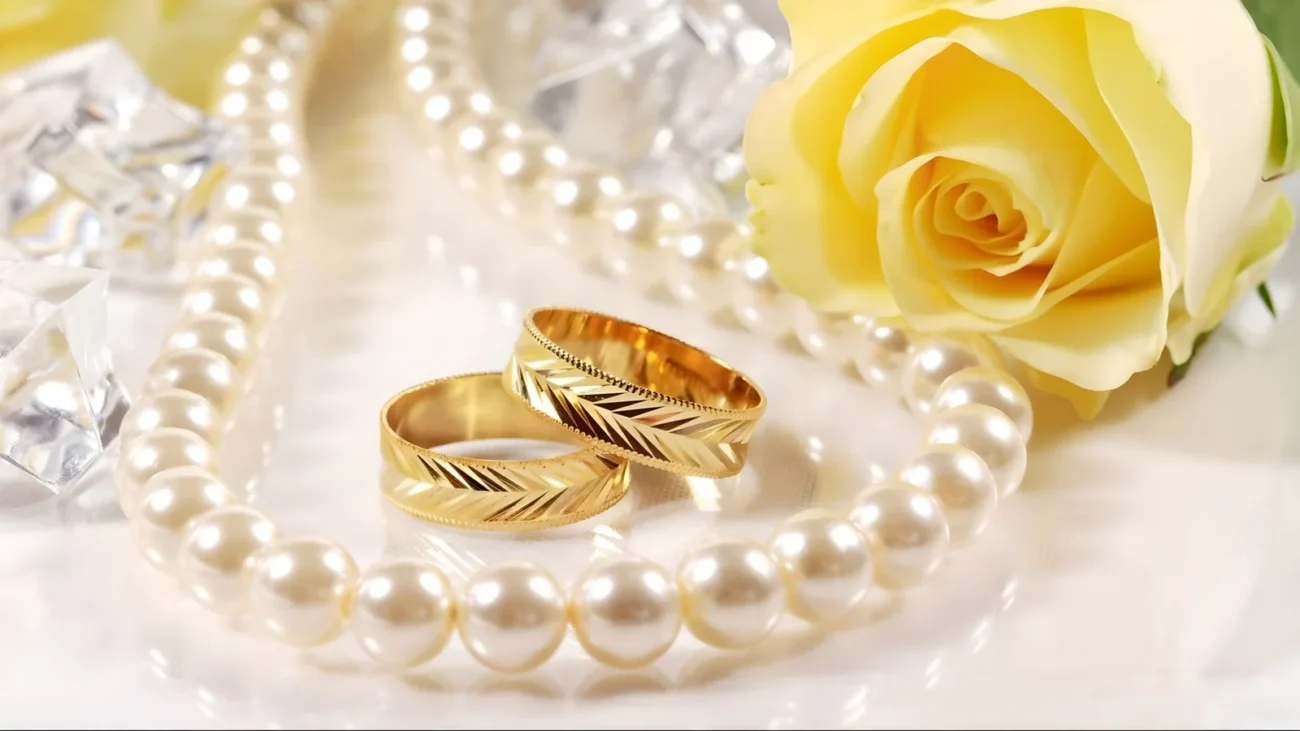The Fascinating Science Behind Pearl Jewelry

Introduction: The Allure of Pearls
Pearls—could there be a more alluring and enigmatic treasure of the sea? These lustrous gems have been cherished for centuries, adorning the necks of royalty and fashion icons alike. But what makes pearls so special in the world of luxury jewelry? How do they form? How are they different from other gems? Today, we dive deep into the captivating universe of pearl jewelry, exploring not only their beauty but also the fascinating science behind their creation. Join us as we uncover the secrets hidden within these oceanic marvels.
The Origins of Pearls: A Natural Wonder
Understanding Pearl Formation
Imagine a world where beauty arises from adversity. Pearls form when a small irritant, such as a grain of sand or a parasite, becomes trapped inside a mollusk. To protect itself, the mollusk secretes layers of nacre around the irritant, gradually forming a pearl. This natural process, akin to Mother Nature’s alchemy, transforms a mere speck into a gem of extraordinary radiance.

Types of Pearls
There are several types of pearls, but the most renowned include Akoya, South Sea, Tahitian, and Freshwater pearls. Each type harbors unique characteristics and hails from different regions. For instance, Akoya pearls, cherished for their brilliant luster, primarily originate from Japan, while Tahitian pearls, renowned for their dark natural tones, are sourced from French Polynesia. This diversity in pearls adds richness to their allure, offering something for every jewelry aficionado.
The Journey from Ocean to Jewelry: Crafting Masterpieces
Harvesting Pearls
The process of harvesting pearls is as delicate as it is intricate. Once the pearls are ready to be harvested, skilled divers retrieve the oysters and carefully open them to remove the pearls without damaging the mollusk, whenever possible. This sustainable practice ensures the mollusks can continue to produce future gems.
Designing Pearl Jewelry
Post-harvest, the pearls undergo meticulous sorting based on color, size, and luster—qualities that define their grade and value. Skilled artisans then design stunning pieces by incorporating pearls into rings, necklaces, and earrings, each piece embodying elegance and sophistication. As renowned jeweler Coco Chanel once said, “A woman needs ropes and ropes of pearls.”
The Science Behind the Shine: Analyzing Pearl Luster
What Determines Luster?
Luster, the most significant attribute of a pearl, depends on the nacre’s quality—a factor influenced by the water’s condition, the mollusk’s health, and the duration of growth. Superior nacre results in pearls with mirror-like reflections and that sought-after glow, separating the finest pearls from the rest. Smithsonian Magazine elaborates on how these factors contribute to a pearl’s unique characteristics.
Enhancing Luster through Care
Caring for pearl jewelry is crucial to maintaining their luster. Pearls should be the last piece you put on and the first you take off, avoiding contact with chemicals like perfumes and hairspray. With proper care, pearls can retain their exquisite shine for generations, making them timeless family heirlooms.
Conclusion: Timeless Elegance and Modern Appeal
In a world of transient trends, pearls remain a symbol of timeless elegance and mystery, revered not just for their beauty, but the fascinating scientific processes that create them. Whether draped in a simple strand or an intricate choker, pearl jewelry captivates with its understated opulence and the stories it carries from the depth of the sea. Next time you clasp a string of pearls around your neck, remember the journey they have taken—a journey that links you to the eternal dance of nature and human artistry. What secrets might your pearls whisper to you if given the chance?
